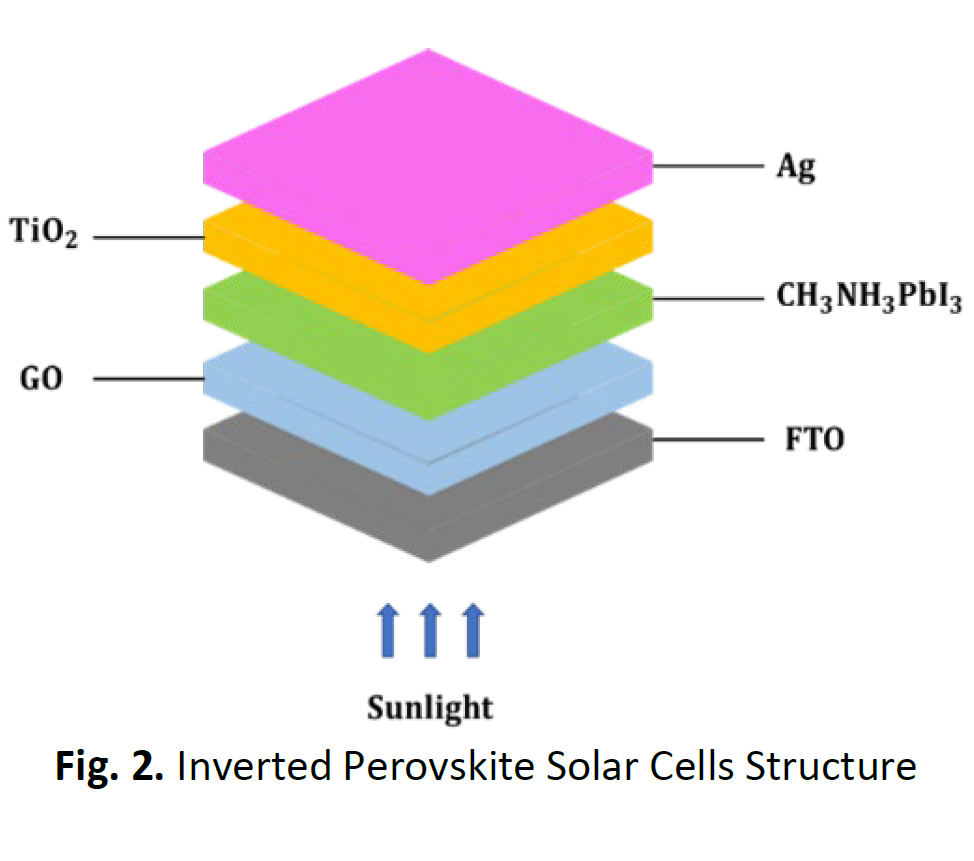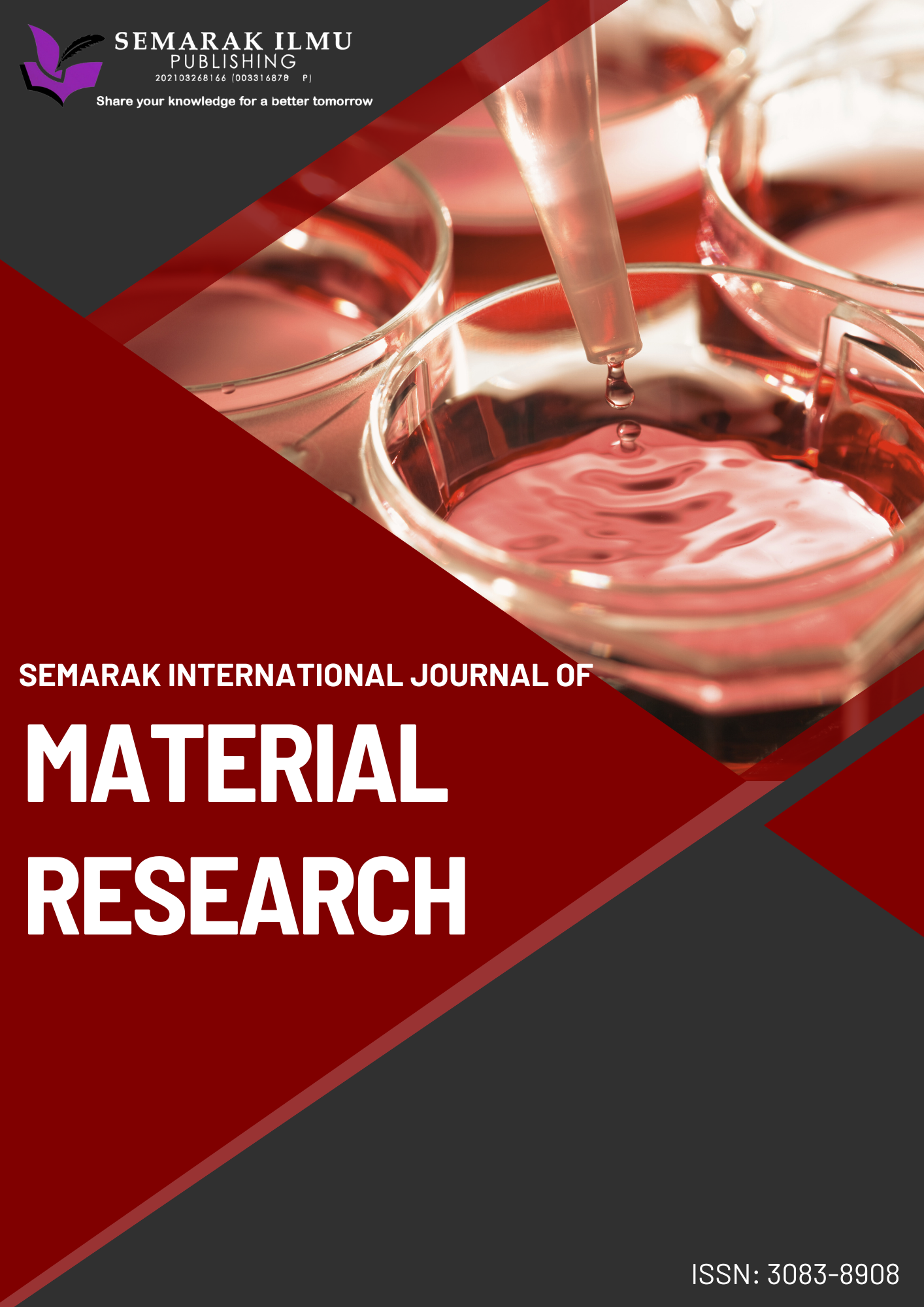Analysis of Inverted Planar Perovskite Solar Cells with Graphene Oxide as HTL using L9 OA Taguchi Method
DOI:
https://doi.org/10.37934/sijmr.3.1.4356Keywords:
Optimization, Graphene Oxide, Taguchi Method, Solar Cell Capacitance Simulator-One DimensionalAbstract
This work studies optimization of graphene oxide (GO) as hole transport layer (HTL) in inverted perovskite solar cells (IPSC) using Taguchi method. Taguchi method are used to optimize the data from numerical modelling which is Solar Cell Capacitance Simulator-One Dimensional (SCAPS-1D). While it has variations, parameters result and different factors it also requires a lot of time consuming to do analysis process. Taguchi method was reported can find the most prominent factor and reduce variations parameters. The Taguchi algorithm is implemented in this experiment because it is based on orthogonal array (OA) experiments, which provides substantially lower variance for the experiment with optimal control parameter values. SCAPS-1D are used to simulate the IPSC with GO as HTL. The result obtained from the software are then analyzed and compared the performance of the solar cell. Analyze the IPSC with GO as HTL with parameter power conversion efficiency (PCE), fill factor (FF) and achieve optimum performance with open circuit voltage (VOCand a density of current short circuit (JSC) all of which have substantial effects on the performance of the PSCs device.









